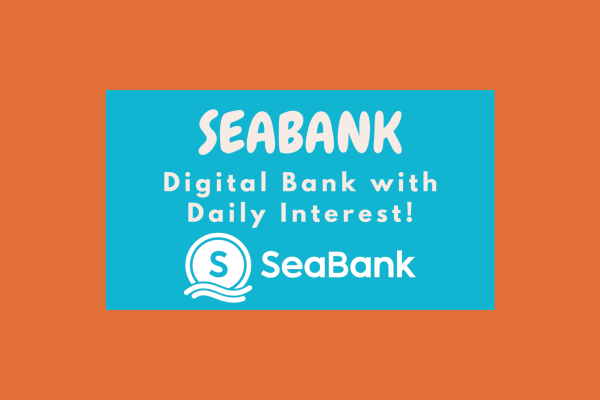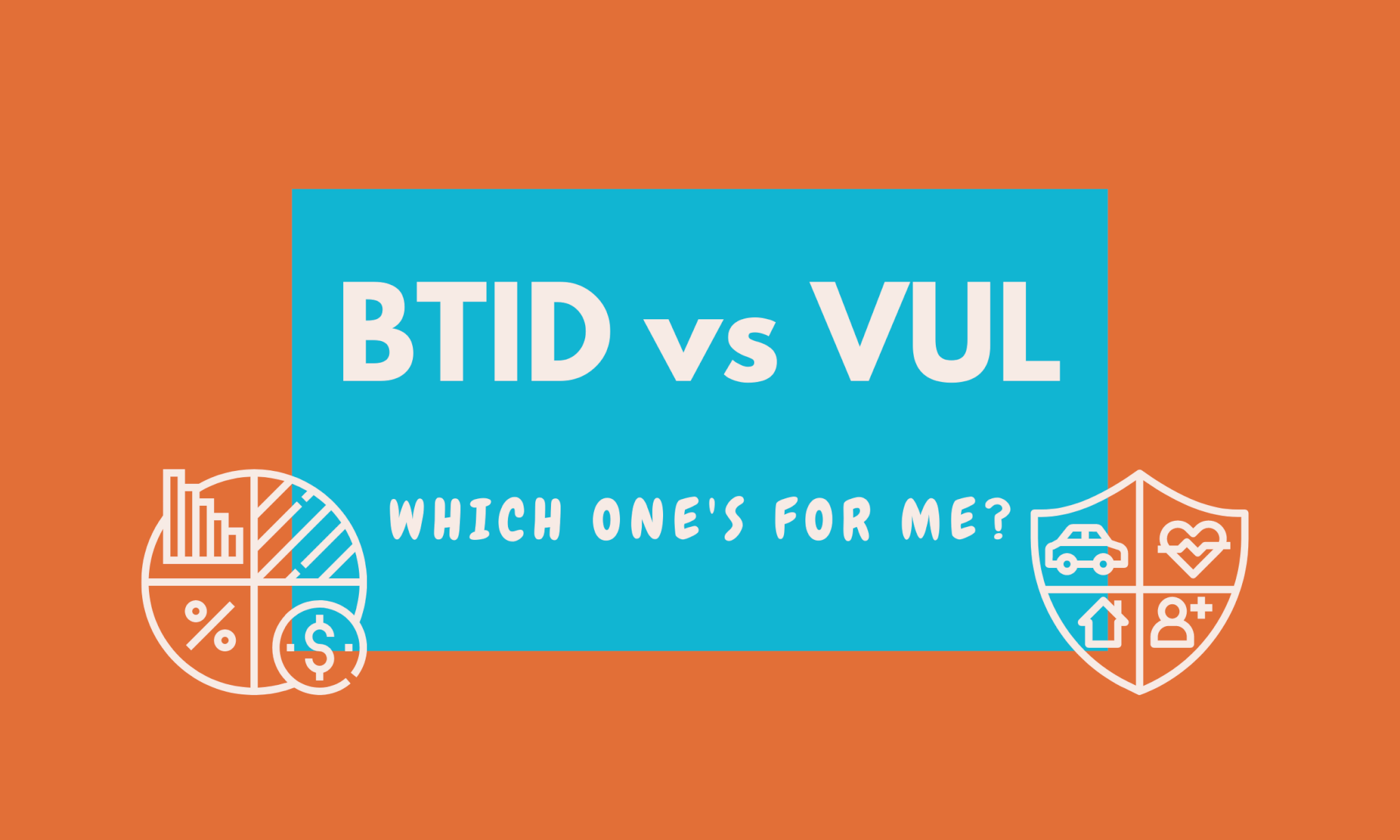We all know that personal finance is, as it suggests, personal. What might work for me, might not work for you and vice versa. We all have our own timelines and I’m personally fortunate enough that I’m not yet a breadwinner as of this writing. I’ve also been WFH (work from home) ever since the pandemic started since I work in IT, so it helped me to lessen the expenses to the minimum.
Here, I’ll be sharing my current portfolio as a 27 year old, after working for 7+ years. I won’t be sharing actual numbers so as not to brag and of course, for safety purposes. I will be sharing things on a high level only as I already have blogs on many of my savings and investments.
Savings and Investments
Traditional Banks and E-wallets
- BPI – I have a savings and payroll account. I also have a MySaveUp account so I can transfer back and forth from BPI to GCash for free. You can create this account under GSave of GCash. (Note that this account has a ₱3,000 minimum balance.)
- Gcash – Aside from the usual transferring to other users, paying via QR codes and bills, my favorite features include GSave and GInvest where you can save and invest directly in GCash. GCash will also offer GStocks and Gcrypto in the future! Check out my blog for more details.
- Maya (formerly Paymaya) – I primarily use Maya when buying load and paying bills as they offer cashback and promos. Maya currently offers crypto where you can invest in crypto for as low as ₱1. Will write a blog in the future for the other features.
Digital Banks
- GSave/CIMB – You can transfer from GCash to GSave and vice versa. This is my source for free transfers to Tonik and Seabank. CIMB currently offers an ATM card (Fast account) that has 2 free withdrawals per month. You can check my blog for more details.
- Tonik – Offers solo stash (4% interest) and group stash (4.5% interest) where you can save with your friends or family for a higher interest rate. There’s also a time deposit where you can get up to 6% interest per annum. You can check my blog for more details.
- ING – One of my favorite digital banks before they exited the retail banking market in the PH. I then transferred most of my funds to Seabank. You can check my blog for more details.
- Seabank – Currently my favorite digital bank as it’s the only digital bank that offers daily interest. Seabank currently gives out 5% interest per annum and has unlimited Instapay and PesoNet outward transfers. You can check my blog for more details.
- Maya Savings – Offers 6% interest per annum as of this writing until October 13. I got a free Maya Card as a promo by depositing a certain amount in Maya Savings, but the card is linked to the Maya wallet. As of October 1, Maya savings also offer daily interest similar to Seabank.
Active Investments where I add capital on a regular and consistent basis
- MP2 – One of my favorite investments as it’s one of the few that offers tax free returns with an average of 4-8% for the last 10 years. I personally started back in 2019 and probably will reinvest the whole amount and dividends when it matures in 2024 (5 yrs holding period) for it to further compound. Everything from creating an account, contributing through GCash/Maya and checking your contributions through Virtual Pag-IBIG, is done online. You can check my blog for more details.
- Philippine Stock Market
- COL Financial – I use COL primarily for dividend investing and REITs (Real Estate Investment Trusts) where you can have invest in real estate and have cashflow even with a minimum capital. I only invest when there are dividends coming up, either quarterly or twice a year. You can check my blog for more details on dividend investing.
- MARGE (Mytrade Affordable Retirement Guide) – This is for retirement and they give out their stock picks every month on what stocks to buy, hold or sell. I mentioned MARGE and the difference between stock trading and investing in my blog.
- US Stock Market
- GoTrade – You can invest in US stocks for as low as $1. I’m dollar cost averaging VOO (S&P 500 ETF) monthly whatever the market and the dollar to peso exchange (Forex) is. You can check my blog for more details.
- MF (Mutual Funds) and UITF (Unit Investment Trust Fund)
- GInvest/Seedbox – You can invest in local funds for as low as P50 and global funds for as low as ₱1000 in GInvest. I’m investing in ATRAM Global Technology and Global Consumer Trends Feeder fund in Seedbox as it has faster processing time compared to GInvest. I invest in ALFM Global Multi-Asset Income Fund in GInvest as it gives out monthly dividends, usually the 15th of the month. I reinvest the dividends so it can compound. You can check my blog for more details.
- Cryptocurrency
- PDAX – PDAX is the Philippine’s homegrown cryptocurrency exchange, which means you can directly cash in using PH banks and GCash. Unlike Binance where the main way of cashing in is through P2P (peer-to-peer). PDAX has a partnership with FinLit, which helps me invest in Bitcoin and Ethereum equally monthly. Will write a blog on crypto in the future.
Investments that I stopped/don’t add capital anymore
- Flint – Real estate crowdfunding, currently on hold due to SEC crowdfunding license.
- Etoro – Invest in US stocks/crypto. What I do personally is copy trading. I don’t add anymore since it’s quite difficult to withdraw since I’m using CC to fund.
- Company stock – An employee benefit where I can buy the company stock of my previous company at a discount. I haven’t withdrawn this since I don’t need the money yet.
- Seedin – Similar to Flint but crowdfunding for businesses. They have Alfred for auto-investing. I have fully withdrawn this already as there’s too many investors already and the rates are not that competitive anymore.
- Blend PH – online P2P lending platform that I do not recommend as I didn’t get my capital back, along with the interest. Good thing I only invested a small amount. Remember to only invest an amount that you’re willing to lose.
Remember that it’s not the number of investment vehicles that’s important, it’s how each vehicle helps you reach your financial goal. This is done by being disciplined, consistent, and focused on building volume to maximize the power of compounding interest.
With that, I’m trying to simplify my portfolio by closing/withdrawing the full amount and transfer to my active investments in the future, which I’ll make an update on.
Others
Insurance
- VUL (Variable Universal Life) – VUL is a 2 in 1 combination of life insurance and investment. I currently have 2 Sun Life VUL plans. The 1st one (Maxilink Bright) is the one I got last 2018 and it’s a 5 yrs contribution and I have already finished paying for this. This is still when I wasn’t a Financial Advisor yet and I got this from my manager now in Sun Life. The 2nd one (Maxilink Prime) is a 10 year plan that I got this 2022. You can check my blog regarding insurance FAQs.
- Life and Health Insurance – Started my 1st one (Sun Fit and Well Advantage) last 2020 which is my favorite plan as it’s a 10 year contribution for a comprehensive life and health insurance that covers up to age 100. I then availed my 2nd (Assure) and 3rd (StartUp) insurance that are term insurance which I availed for additional coverage for the cheapest price. I’m planning to write a blog in the future on the specific products that I mentioned.
Credit Card
- BPI Amore Cashback – Got my first credit card where I’m the primary owner just this year, so I can experience it first hand and write a blog about it in the future. Before this, I was just a supplementary owner of my dad’s CC and I just pay him when I use it.
- You can apply for your Unionbank Rewards Platinum Visa here if you’re looking for a credit card.
Car
- 2nd hand Vios 2009 model MT – Got my first car this year as well. This is from my sister as she bought a new car, so I got it on a good deal and it’s well maintained.
I personally use the budgeting sheet that me and my girlfriend created. It’s pretty straightforward. You list your income, savings and expenses per cutoff. You can check my blog regarding emergency funds, where you need to save up at least 3 to 6 months of your income before getting an insurance or investment. I will write a blog about budgeting methods soon.
If you have any questions or concerns regarding anything that I mentioned above, feel free to comment or reach out to me so I can guide you.
Lastly, do join Financial Literacy PH, a Facebook group that I founded that reached 100,000 members in less than 19 months for more learnings!




